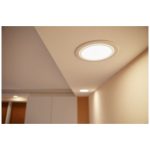Bedroom Lighting Guide: How Many Watts Do You Need for LED Lights?
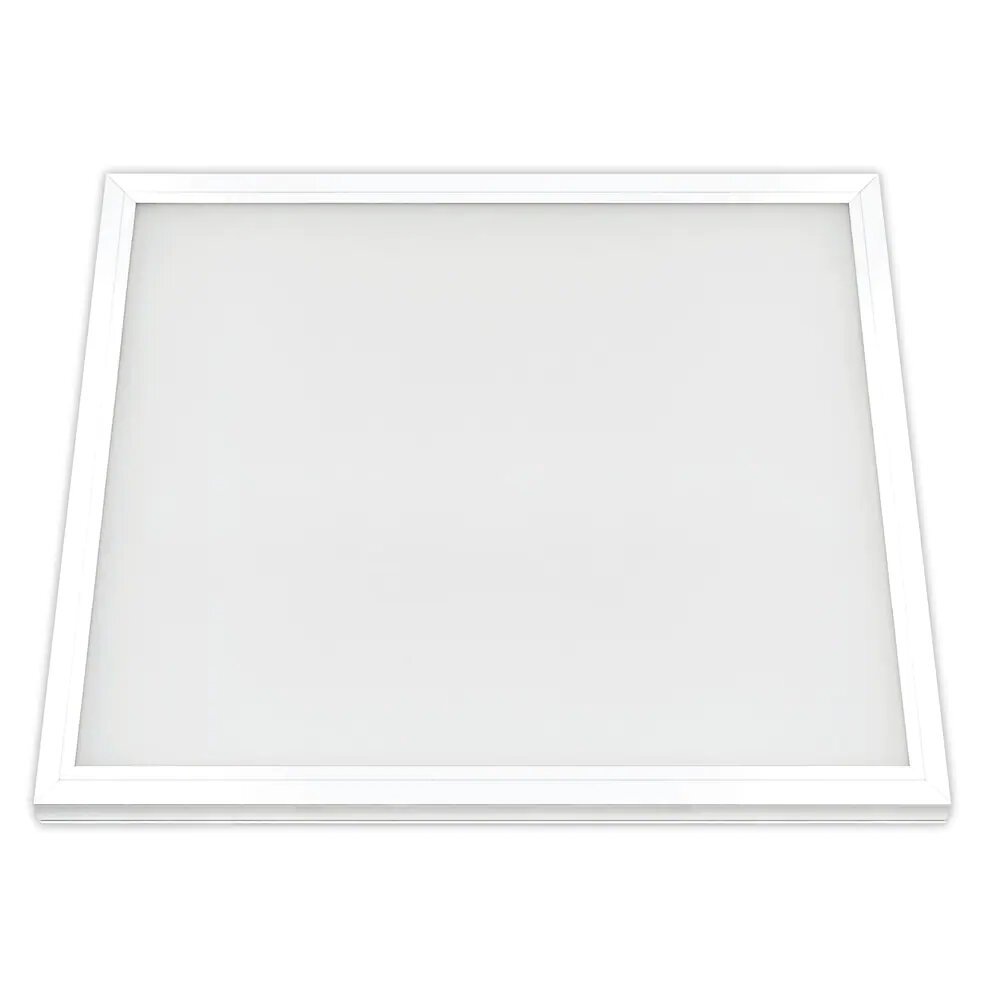
The lighting in a bedroom can make or break the ambiance of the space. It is important to choose the right type of lighting and the appropriate number of watts to create the desired atmosphere. LED lights have become increasingly popular due to their energy efficiency and long lifespan. However, many people are unsure of how many watts they need for LED lights in their bedroom. This bedroom lighting guide will provide you with all the information you need to choose the perfect LED lights for your bedroom. LED lights are a great choice for bedroom lighting as they consume less energy than traditional incandescent bulbs. This means that you can save money on your energy bills while still achieving the desired level of brightness in your bedroom. However, the number of watts you need for LED lights in your bedroom will depend on a variety of factors, including the size of your room, the purpose of the lighting, and your personal preferences. Whether you are looking to create a cozy and relaxing ambiance or a bright and energizing atmosphere, this guide will help you choose the right number of watts for your LED lights.
Lighting plays a crucial role in setting the ambiance of any room, and the bedroom is no exception. A well-lit bedroom creates a warm, inviting environment that promotes relaxation and a good night’s sleep. It is essential to choose the right type of lighting for your bedroom, depending on your needs and preferences. For example, ambient lighting can be used to create a soft, diffused glow that helps to calm the mind and soothe the senses. Task lighting is ideal for activities such as reading or working, while accent lighting can be used to highlight artwork or other decorative features in the room. The type and amount of lighting required in a bedroom also depend on its size, layout, and natural light sources. In summary, proper lighting in a bedroom can enhance its functionality, aesthetics, and overall comfort, making it a vital aspect of any bedroom design.
The history of LED lights dates back to the early 1900s when the first light-emitting diode (LED) was invented by H. J. Round. However, it was not until the 1960s that the modern LED technology was developed by Nick Holonyak. The first practical application of LED technology was in the form of indicator lights for electronic devices. In the 1970s, LEDs were used in calculators and digital watches. Over the years, advancements in LED technology have led to the development of brighter and more energy-efficient LED lights. Today, LED lights are widely used in various applications, including home lighting, automotive lighting, and street lighting. With their long lifespan, energy efficiency, and low maintenance costs, LED lights have become a popular choice for homeowners looking to upgrade their bedroom lighting.
Factors to Consider
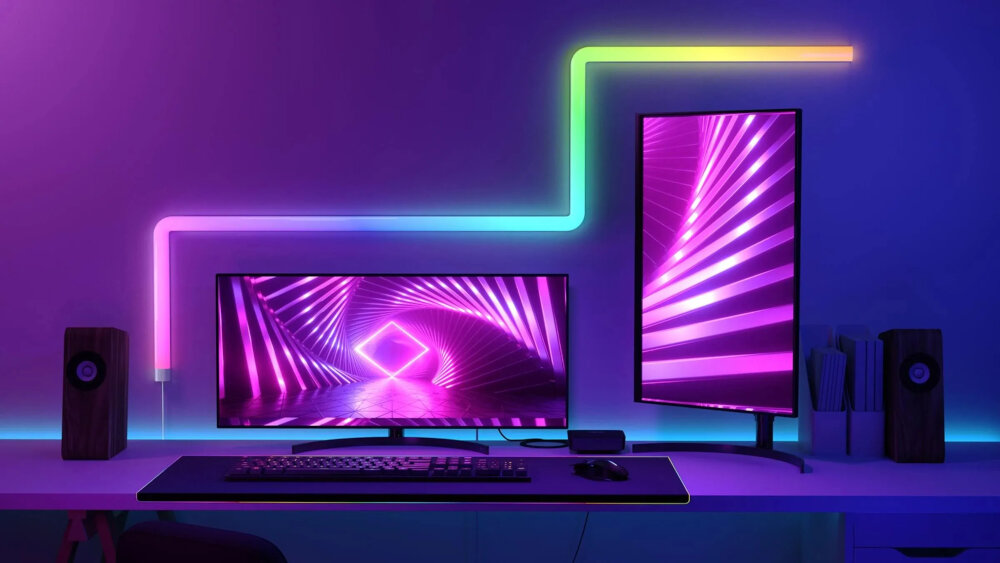
When it comes to choosing the right LED light bulbs for your bedroom, there are several factors to consider. The first thing to take into account is the size of your room. A larger room will require more watts to adequately light the space, while a smaller room may only need a few watts to create the desired illumination. Additionally, you’ll want to think about the specific activities you’ll be doing in your bedroom. If you’ll be using the space primarily for reading or working, you’ll want to choose bulbs with higher wattage to ensure there is enough light to avoid eye strain. On the other hand, if you’re looking for a more relaxing atmosphere, you may want to consider lower wattage bulbs that provide a softer, more ambient light. Another important factor to consider is the color temperature of your LED bulbs. Color temperature is measured in kelvins, and it describes the color of the light produced by the bulb. Warmer color temperatures, typically around 2700-3000K, produce a more yellowish light that can be used to create a cozy, relaxing atmosphere. Cooler color temperatures, around 4000-5000K, produce a more bluish-white light that is often used in task lighting situations. When selecting LED bulbs for your bedroom, it’s important to choose a color temperature that complements the activities you’ll be doing in the space and the overall aesthetic you’re trying to achieve.
The size of your bedroom plays a crucial role in determining the number of watts required for LED lights. The larger the room, the more light output you need. A small bedroom may require only 800-1000 lumens, while a larger room may need up to 2000 lumens. It’s also essential to consider the height of your ceiling; higher ceilings may require more wattage to provide adequate lighting. Moreover, the size and placement of furniture can also affect the lighting needs of the room. Ensure that your lighting plan takes into account the size and layout of your bedroom to create a comfortable and well-lit space.
The purpose of lighting in a bedroom is multifaceted. Firstly, it provides practical illumination for daily activities such as reading, getting dressed, and navigating around the room. It also sets the mood and ambiance of the space, creating a comfortable and relaxing environment conducive to rest and sleep. Additionally, lighting can be used as a design element to highlight specific features or create visual interest. LED lights, in particular, offer a range of benefits such as energy efficiency, durability, and customizable color and brightness options, making them a popular choice for modern bedroom lighting. Choosing the appropriate wattage for LED lights can ensure that the bedroom is adequately lit while also keeping energy costs low.
Natural light sources are a great way to brighten up any room, including the bedroom. Sunlight is the most common natural light source and provides a healthy dose of Vitamin D, which is essential for the body. Natural light not only enhances the aesthetics of the room but also has a positive impact on one’s mood and productivity. It is a sustainable and cost-effective way to light up your space. To maximize natural light in your bedroom, consider placing mirrors or reflective surfaces near windows to reflect the light around the room. Additionally, sheer curtains can help diffuse the light while still allowing it to enter the room.
Color temperature refers to the hue of light produced by a bulb, usually measured in Kelvin (K). In the context of bedroom lighting, it’s essential to choose a color temperature that creates the desired mood and atmosphere. Lower color temperatures (2700-3000K) produce warm, cozy light that is excellent for relaxation and sleep. On the other hand, higher color temperatures (4000K and above) produce cooler, more energizing light that is great for getting work done or waking up in the morning. It’s essential to consider the purpose of your bedroom lighting and select a color temperature that complements it.
Recommended Wattage for LED Lights
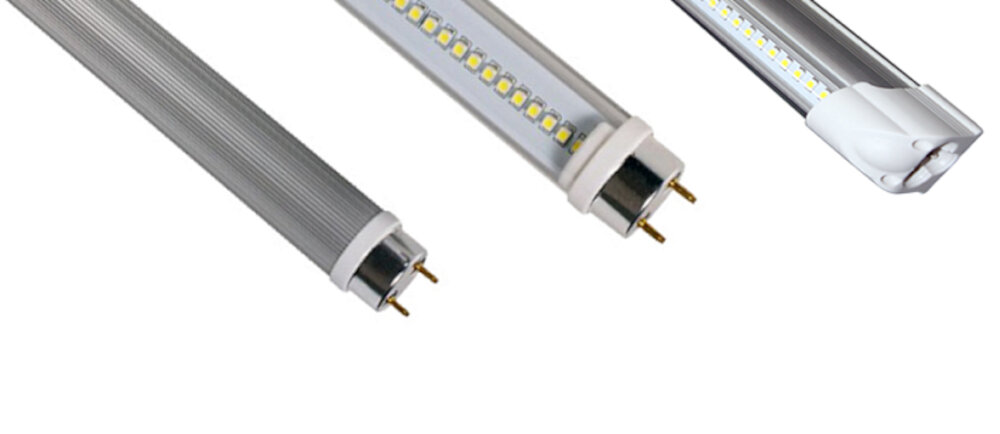
When it comes to choosing LED lights for your bedroom, it’s important to consider the recommended wattage for your specific lighting needs. The wattage of an LED light bulb determines its brightness and energy consumption, and it’s important to choose the right wattage for your space to ensure that you have adequate lighting without wasting energy or money. In general, for a standard bedroom, a wattage of 10-15 watts per square foot is recommended. This means that for a bedroom that is 100 square feet, you’ll want to choose LED bulbs that are between 100-150 watts in total wattage. However, this can vary depending on your personal preferences and the specific use of the space. If you’re using your bedroom for reading or other activities that require more focused lighting, you may want to choose higher wattage bulbs or add additional lighting fixtures to the space. When selecting LED lights for your bedroom, it’s also important to consider the color temperature of the bulbs. Color temperature refers to the appearance of the light emitted by the bulbs, and can range from cool, bluish tones to warm, yellowish tones. For a bedroom, it’s generally recommended to choose bulbs with a warm color temperature of around 2700-3000 Kelvin, as this creates a cozy, relaxing atmosphere. However, this can also vary depending on your personal preferences and the style of your bedroom decor. By considering the recommended wattage and color temperature for your LED lights, you can create a comfortable and functional lighting scheme that meets your specific needs and enhances the overall look and feel of your bedroom.
Small bedrooms can be a challenge to decorate and illuminate effectively. With limited space, it’s important to choose lighting fixtures that serve multiple functions, such as bedside lamps that also provide task lighting for reading. LED lights are a great option for small spaces, as they emit bright light with minimal heat and energy consumption. When selecting LED bulbs for a small bedroom, consider the color temperature and lumens output to ensure the right level of brightness and ambiance. Wall sconces and recessed lighting can also be used to save space and add depth to the room. By choosing the right LED lighting fixtures and bulbs, a small bedroom can be transformed into a cozy and functional space.
Medium bedrooms are a common size in modern homes, providing enough space for a comfortable sleeping area along with additional furniture such as a dresser or nightstand. When it comes to lighting, it’s important to choose fixtures that provide adequate illumination without overwhelming the space. LED lights can be a great option for medium bedrooms since they offer energy-efficient lighting options with customizable brightness levels. Depending on the specific needs of the room, different wattage levels may be appropriate. For example, a reading nook may require brighter lighting than a relaxation area. By choosing the right LED bulbs and fixtures, you can create a cozy and functional space that meets all of your lighting needs.
Large bedrooms provide ample space for comfortable living and relaxation. They offer the opportunity to create a cozy and inviting atmosphere with the right lighting choices. When choosing LED lights for a large bedroom, it is important to consider the size of the room and the desired level of brightness. A higher wattage may be needed for larger rooms with higher ceilings, while smaller bedrooms may require lower wattage bulbs. Dimmer switches can also be added to create a more versatile lighting experience. Large bedrooms provide endless possibilities for lighting design and can be transformed into a personal oasis with the right lighting choices.
The master bedroom is the most important room in a house, where homeowners spend most of their time. It is the place where they relax after a long day, read a book, or watch a movie. Therefore, the lighting in the master bedroom must be perfect to create a cozy and inviting atmosphere. LED lights are a great option for master bedroom lighting because they are energy-efficient and emit less heat. The amount of wattage needed for LED lights in a master bedroom depends on the size of the room and the desired lighting effect. A larger master bedroom may require more wattage to ensure the space is bright enough, while a smaller room may only need a few LED bulbs. It is important to consider the overall design and color scheme of the room when selecting LED lights to ensure they complement the decor.
Other Considerations
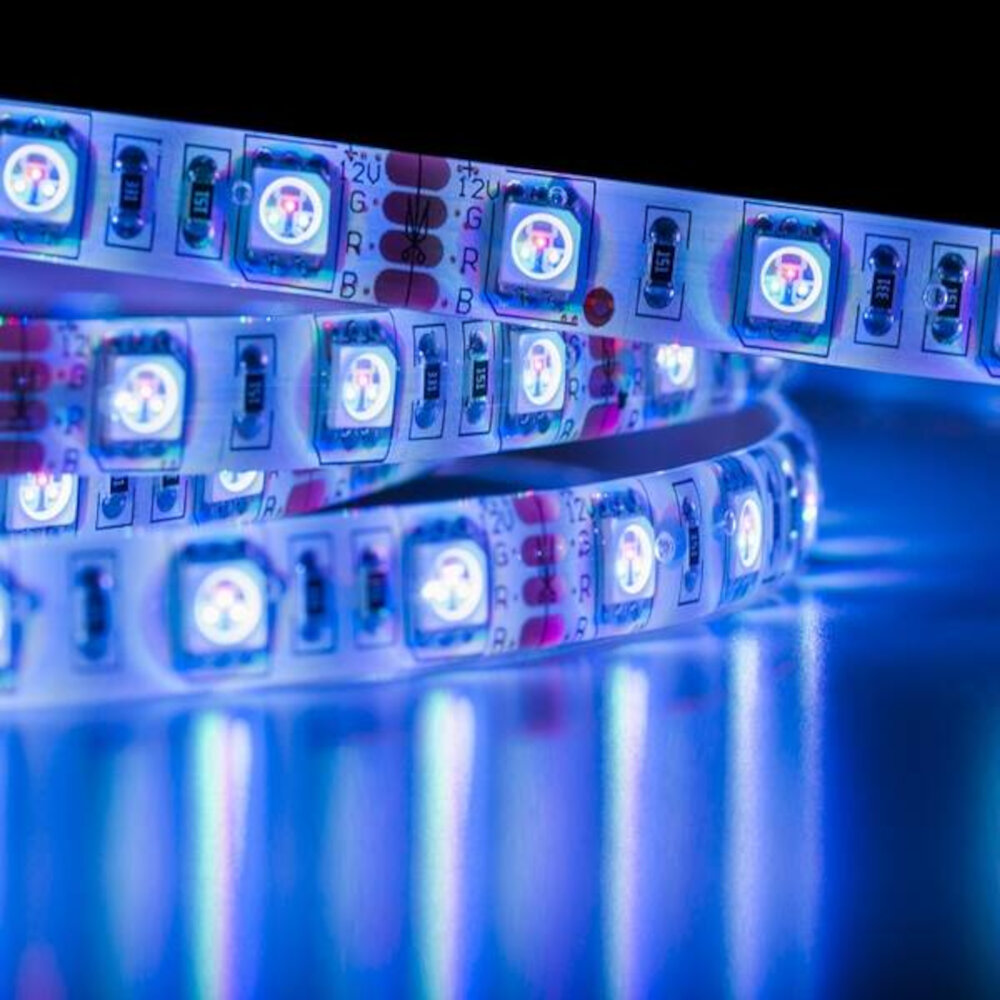
When it comes to choosing the right LED lights for your bedroom, there are other considerations beyond wattage that you should keep in mind. One important consideration is the color temperature of the LED lights you choose. Color temperature is measured in kelvins (K) and it refers to the color of the light emitted from the bulb. Lower kelvin numbers, such as 2700K, emit a warm, yellowish light that is similar to the light produced by traditional incandescent bulbs. Higher kelvin numbers, such as 5000K or above, emit a cool, bluish-white light that is similar to daylight. The color temperature you choose can have a big impact on the overall mood and feel of your bedroom, so it’s important to choose carefully. Another consideration when choosing LED lights for your bedroom is the type of bulb you choose. There are a variety of LED bulbs available, including dimmable bulbs and smart bulbs that can be controlled via a smartphone app. Dimmable bulbs allow you to adjust the brightness of the light to suit your needs, while smart bulbs can be programmed to turn on and off at specific times or to change color in response to certain events. Ultimately, the type of bulb you choose will depend on your personal preferences and needs, but it’s worth taking the time to consider all of the options available to you.
Dimmer switches are a great addition to any bedroom lighting setup. These switches allow you to adjust the brightness of your LED lights to create different moods and atmospheres in your room. Whether you want soft, ambient lighting for a relaxing evening in or bright, focused light for reading or working, a dimmer switch can help you achieve the perfect level of lighting. Additionally, dimmer switches can help you save energy and extend the lifespan of your LED lights by reducing the amount of electricity used. With a wide variety of styles and designs available, you can easily find a dimmer switch that complements your bedroom décor while providing practical benefits.
When it comes to LED bulbs, there are several types that you can choose from depending on your needs. The most common types are the A-shaped bulbs, which are designed to replace traditional incandescent bulbs. They come in various wattages and are suitable for general lighting purposes. Another type is the MR16 bulb, which is a narrow spotlight that is often used for accent lighting. The PAR bulb is another popular type that is commonly used for outdoor lighting, and it comes in different sizes and beam spreads. Lastly, the candelabra bulb is a decorative bulb that is often used in chandeliers and other light fixtures. It is important to choose the right type of LED bulb for your needs to ensure that you get the best results in terms of energy efficiency and lighting quality.
The placement of light fixtures is an essential aspect of bedroom lighting design, as it can significantly impact the ambiance and functionality of the space. For instance, overhead lighting can provide general illumination and make the room feel more spacious, while table lamps can create a cozy and intimate atmosphere. Additionally, accent lights can highlight specific features or objects in the room, such as artwork or architectural details. When determining the placement of light fixtures, it is crucial to consider the size and layout of the room, as well as the activities that will take place in it. By strategically placing light fixtures, you can enhance the beauty and functionality of your bedroom while creating a comfortable and inviting environment.
Energy efficiency is becoming increasingly important in today’s world due to the ever-increasing demand for energy and the need to reduce our carbon footprint. LED lights are an excellent solution for those who want to reduce their energy consumption and save on their electricity bills. With their low wattage, LED lights provide the same amount of light as traditional incandescent bulbs but use far less energy. In addition, LED lights have a longer lifespan, which means less waste in landfills and fewer replacements needed. By switching to LED lights, you not only save money but also contribute to a more sustainable future. So, when choosing your bedroom lighting, consider the energy efficiency of LED lights and make a responsible choice for the environment.
Proper bedroom lighting is crucial as it sets the tone for the entire room and affects the quality of sleep. It not only makes the bedroom more visually appealing but also creates a comfortable and relaxing environment. LED lights are a popular choice for bedrooms as they are energy-efficient and long-lasting. The right wattage can make a significant difference in the ambiance of the room. Too much light can cause discomfort and disrupt sleep, while too little light can strain the eyes and make it difficult to read or work. Therefore, it is essential to find the right balance and choose the appropriate wattage for different tasks and times of the day. Overall, proper bedroom lighting is an integral part of creating a calm and inviting space that promotes restful sleep and relaxation.
When it comes to choosing the right wattage for LED lights in your bedroom, there are a few factors to consider. The size of your room, the type of activities you do in your bedroom, and your personal preferences for lighting all play a role in determining the ideal wattage. As a general rule of thumb, a 60-watt LED bulb is equivalent to a 100-watt incandescent bulb in terms of brightness. However, you may want to opt for a lower wattage if you prefer a softer, more ambient lighting scheme. On the other hand, if you use your bedroom for tasks that require more focused lighting, such as reading or working on a computer, you may want to go for a higher wattage or supplement your overhead lighting with task lamps. Ultimately, the ideal wattage for your LED lights will depend on your unique needs and preferences.
When it comes to choosing the right LED lights for your bedroom, there are a few final thoughts and tips to keep in mind. Firstly, consider the color temperature of the bulbs as this can greatly impact the mood and atmosphere of your room. Cooler temperatures are energizing while warmer temperatures are relaxing. Additionally, think about the brightness level you need for your specific activities in the bedroom. Dimmable options are always a great choice as they can be adjusted to suit different needs. Lastly, don’t forget to factor in the wattage needed to adequately light your space while also keeping energy efficiency in mind. With these considerations in mind, you can find the perfect LED lights to create a cozy and functional bedroom space.
Conclusion

In conclusion, choosing the right wattage for LED bedroom lights is crucial for creating the perfect ambiance and ensuring optimal visibility. The recommended wattage for general lighting is 10-20 watts, while task lighting requires 50-75 watts. It’s important to consider the size and layout of your bedroom, as well as your personal preferences and needs when selecting the appropriate wattage. Additionally, choosing LED lights not only saves energy and money but also provides a long-lasting and eco-friendly lighting solution. So, whether you’re looking to create a cozy atmosphere or need bright lighting for reading and working, the right wattage of LED lights can enhance the functionality and aesthetics of your bedroom.




